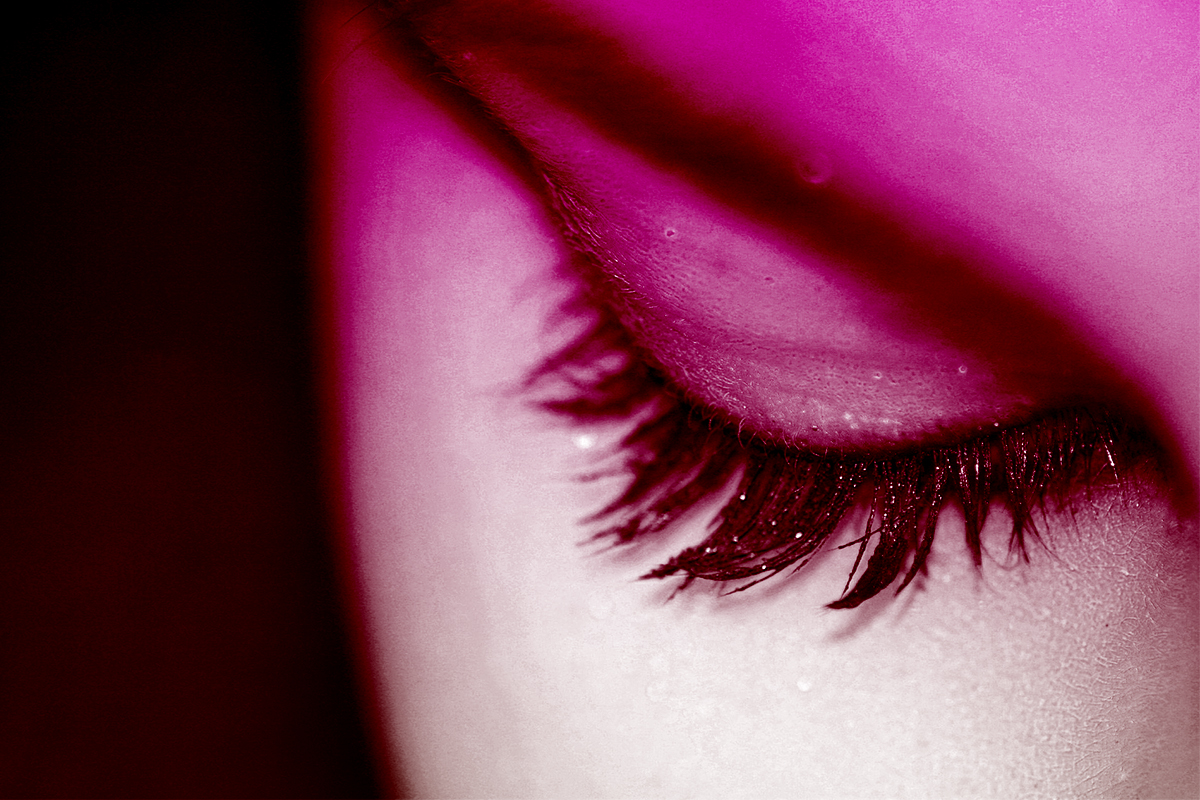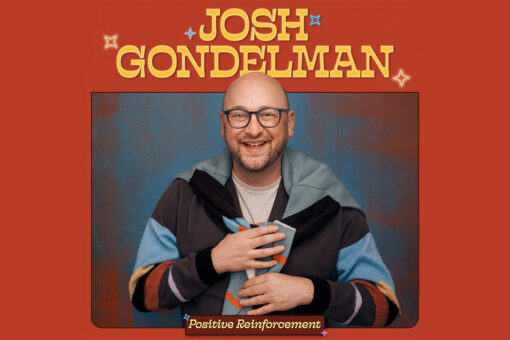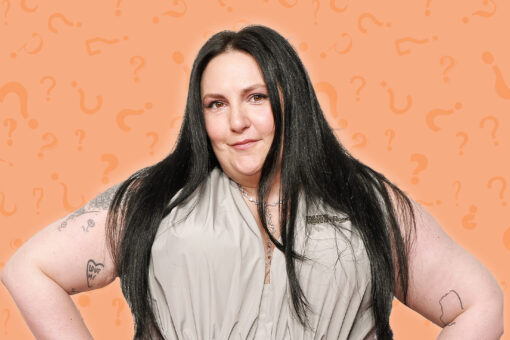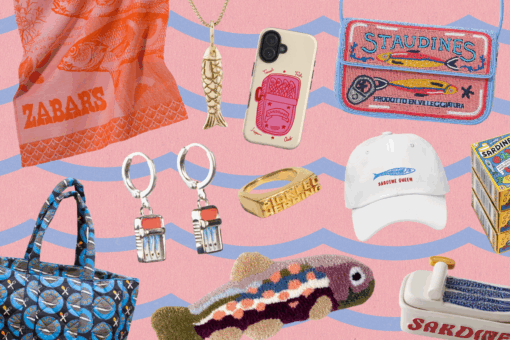After I watched the coroner wheel Annette, my father’s mother, out the door of her Brooklyn apartment for the last time, the first call I made was to my eyelash technician. This inspired my stepmother, crammed next to me in the backseat of a car shuttling us to the Jewish funeral parlor on Avenue N, to stifle her sobs long enough to make a hair appointment.
My father, the newly-minted orphan, cast a sideways glare at us. “I’m glad we’re focused on what’s really important here,” he said, voice steeped in judgment. Beauty routines are, after all, antithetical to sitting shiva. But to know my grandmother would mean knowing we were focused on what she considered important.
Annette — who never left her bedroom, much less her apartment, without a full face of makeup and enormous false eyelashes — held her grand finale on the last night of Rosh Hashanah last year. About a month before she died, I’d started paying a licensed professional about $100 every two weeks to bind synthetic eyelashes to my natural eyelashes using a special glue. I’d been having a Springsteen-esque “Dancing in the Dark” moment when I was moved to this act of vanity — wanna change my clothes, my hair, my face — and was caught off-guard by how these lashes I’d acquired on a whim actually boosted my self-esteem.
The eyelash extension market is a rising star within the beauty industry, projected to hit $1.5 billion in the next five years on product alone, but the general concept is nothing new. False eyelashes as we know them have been around since 1911, when Anna Taylor patented the crescent-shaped design.
The golden era of synthetic lashes arrived just as my grandmother was coming of age in the 1940s and ‘50s. When false eyelash technology improved and became more accessible than ever, the phenomenon exploded. The look was favored by movie stars like Rita Hayworth, Lana Turner, and America’s favorite dead starlet, Marilyn Monroe. Annette’s favorite was Greer Garson, who won the Oscar for Best Actress in 1942 and wore eyelashes that curled up to her brow bone.
Annette was my first exposure to false eyelashes. As a child, she let me pore over all her personal minutiae in her Nostrand Avenue apartment: the scarlet lipstick she kept in a cloth roll case with a tiny mirror attached, the pink WaterPik mounted in her matching pink-tiled bathroom, and the little tray of glossy black falsies that slept on her pedestal sink. Later I’d encounter fancy Barbie dolls with stiff lashes protruding from their faces or tabloid coverage of Jennifer Lopez wearing fox fur lashes to the 2001 Oscars. But the original lash influencer will always be my drama queen grandmother. In terms of style, she is remembered by those who love her for two things: wearing a white dress to my parents’ wedding and wearing her trademark lashes every day for eight decades.
Annette’s approach to beauty was typical among her community of young, Conservative Jewish mothers in mid-century Brooklyn. Even living on a limited income, she never sacrificed her eyelashes, her Clinique makeup, or her weekly hair appointment with Frank at the beauty parlor. Her commitment to her own visage was irrational, which, to me, signals the epitome of glamour: She vowed to attain it within the bounds of little means.
I have an old Hollywood heart, but my everyday aesthetic is less glitzy than Annette’s. My mother raised me with a Bobbi Brown approach to beauty: make it natural and highlight the features that make you you. My desire to look beautiful but casual creates a quagmire familiar to every generation of women: the challenge to perform a hard-won effortlessness no matter the occasion. My natural lashes are already long and with a few coats of mascara, I was regularly asked if they were fake. But extensions offer the illusion of effortlessness. Of course, they require the privilege of money and time to maintain, but they always look perfect.
With eyelash extensions, glamour is present even in your most unglamorous moments and sartorial atrocities: crying on your couch to a network television show you’d never publicly admit to watching. Schlepping to work after a long evening of too much gin and too little sleep. Running to the market in a stained Grateful Dead tee and slippers for vegan ice cream at 10 p.m. Without the eyelashes, you’re just another feral animal skulking around the frozen aisle. But with the eyelashes? You’re Greta Garbo, baby.
More than the inherent glamour they offer to anyone willing to shell out the cash, eyelash extensions grant me a bridge to my grandmother’s vanity, routine, and memory. I keep the legacy of dramatic beauty measures alive in the name of Annette — daring to face every moment as promising as the new year or as solemn as shiva with the same species of irrational, big-blinking confidence she wanted for me.
I spent the last 48 hours of Annette’s life camped out in that Nostrand Avenue apartment as she recuperated from her big outing to the synagogue for Rosh Hashanah services. In those final moments, we kibbitzed about the usual subject matter: how the world was changing, how the Yankees would surely lose with Sonny Gray on the mound, how she had a good feeling about the man I’d recently fallen in love with. She touched my face, my hands. By then lashless herself, she admired my new eyelashes and my long red fingernails. She told me I looked beautiful. I knew what she meant was that I looked like her.
Image by Marta Carrassi from Pixabay



